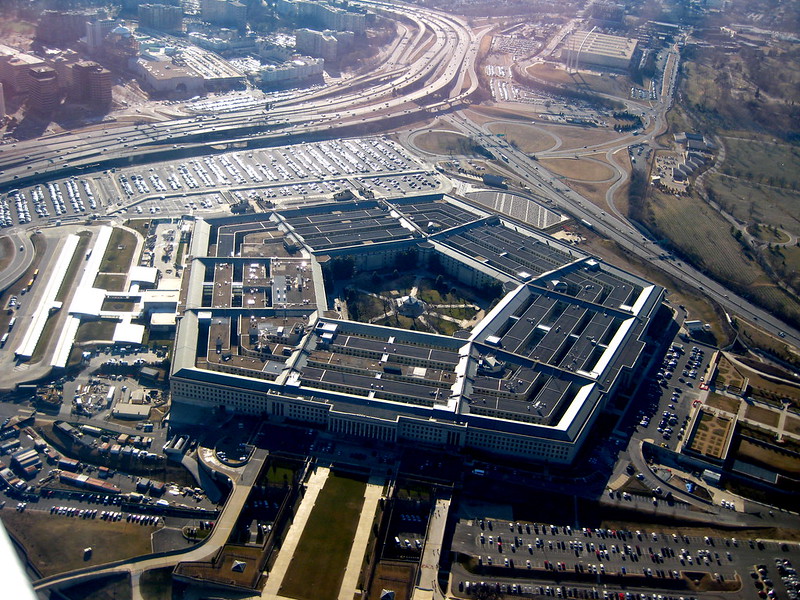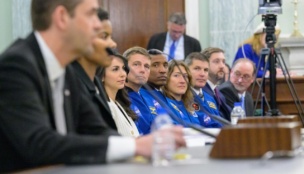Through 60 Minutes, Congress, and incremental declassification, American citizens have been treated to a closer look into what the US government’s “aliens(???)” desktop folder looks like.
Driving the news: The intelligence community’s (IC) quest to understand elusive UFO-esque unidentified aerial phenomena (UAP) sightings has borne fruit. Those fruits, though, don’t offer any conclusive evidence of aliens. (At least, that’s what the declassified UAP report offers.)
Yesterday, the Office of the Director of National Intelligence (ODNI) released an unclassified report on its investigation into UAP reports made over the last 17 years across the nation. The ODNI combed through analysis from the various agencies that make up the US intelligence community.
The report is an update to last year’s findings, which reviewed 144 supposed UAP sightings. Since then, 366 new reports were filed and reviewed, including 247 new reports and 119 from the initial period that hadn’t already been reported.
Why study UAPs? The US government is more concerned that UAPs are terrestrial aircraft that may pose a threat to national security, rather than an extraterrestrial greeting party. The Pentagon formed the All-Domain Anomaly Resolution Office (AARO) in July 2022 to coordinate all UAP investigations.
The findings: Of the 366 new UAP sightings reported to ODNI and included in this report, the IC marked more than half as known objects showing “unremarkable characteristics.”
- Of note…more than half of the new sightings came from Navy and Air Force pilots.
- ODNI identified 26 as unmanned aircraft systems (aka drones). Similarly, 163 reports ended up being balloons or “balloon-like entities.”
- Rounding out the list were six entries classified as “clutter.” What’s clutter, you say? Allow us to present the best footnote of all time:
Shout out to anyone who reported a bird or a bag to the FBI.
What are we left with? 171 newly reported sightings that don’t yet have explanations. The Pentagon’s AARO is still investigating the origins of (or explanations for) this cohort.
“We are confident that continued multi-agency cooperative UAP prosecution activities will likely result in greater awareness of objects in and across the air, space, and maritime domains, as well as the nature and origin of UAP in the future,” the report’s authors wrote.




